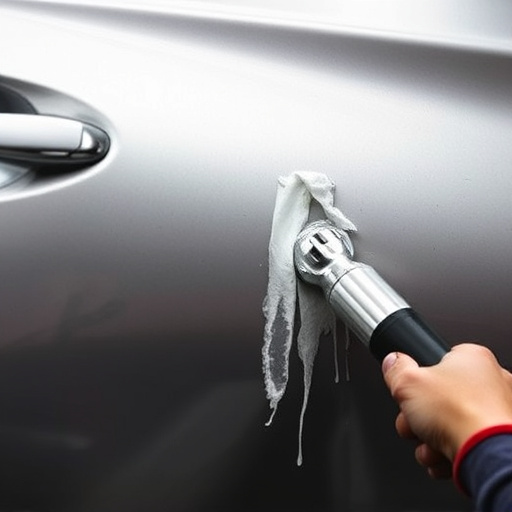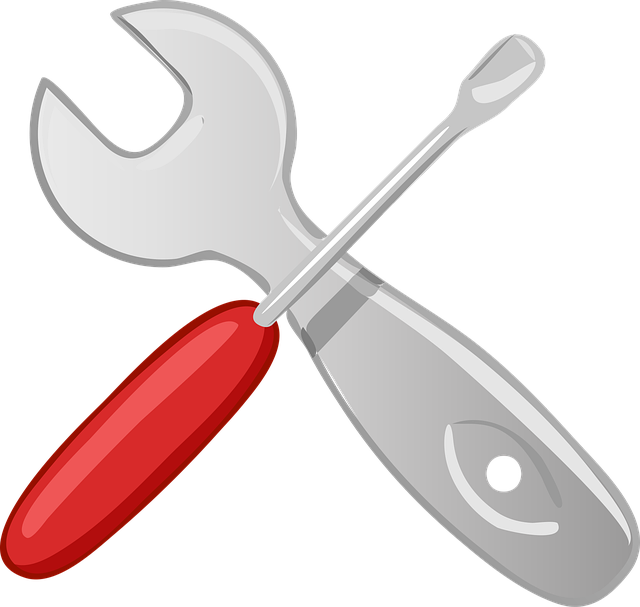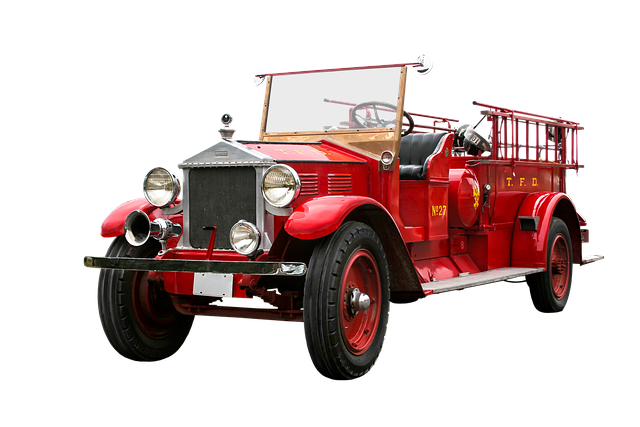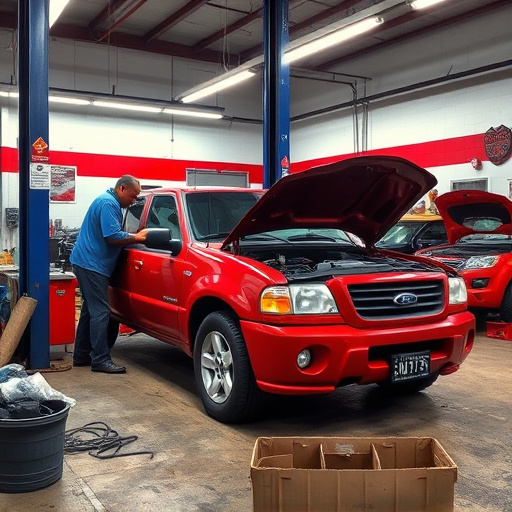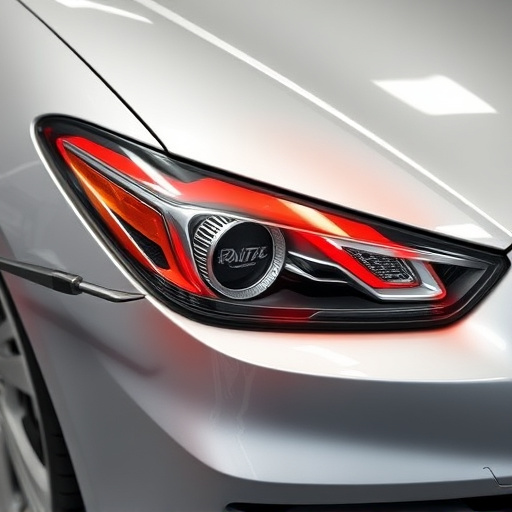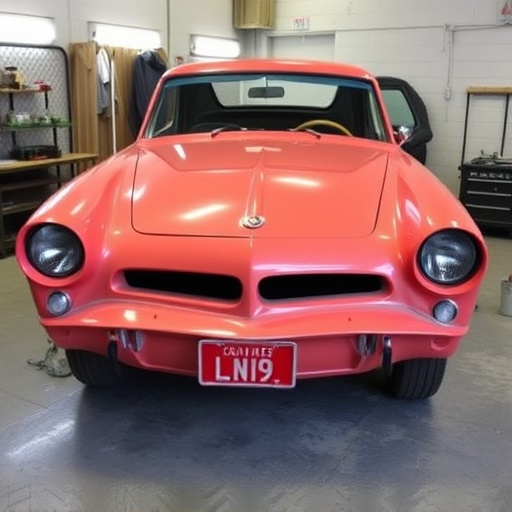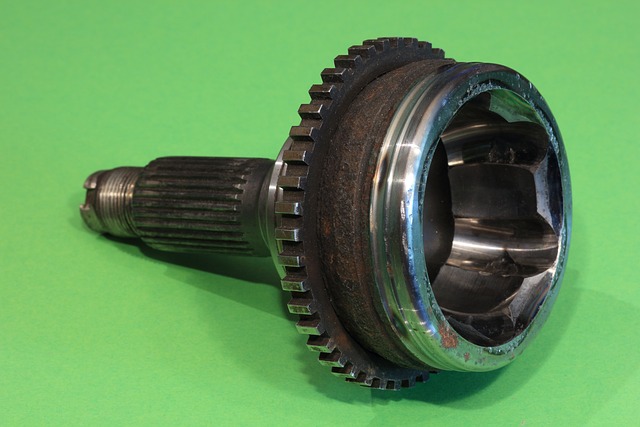Choosing the right parts significantly impacts the success of an auto collision repair shop in a competitive market. OEM parts offer superior quality, compatibility, and long-term performance but are more expensive and may have availability issues. Aftermarket parts provide cost savings and faster repairs, appealing to budget-conscious customers, yet their quality and fitment can vary. Auto body repair experts must consider these factors to make informed decisions, balancing customer needs with shop profitability for efficient auto glass and body restoration services.
In the realm of auto collision repair, making the right part choice is paramount. This article delves into the age-old debate between OEM (Original Equipment Manufacturer) and aftermarket parts, crucial considerations for any auto collision repair shop. Weighing the advantages and disadvantages of each, we explore how they impact quality, cost, and efficiency. By understanding these dynamics, auto collision repair shops can make informed decisions to deliver top-notch repairs and maintain customer satisfaction.
- Understanding OEM and Aftermarket Parts: A Comprehensive Overview
- Advantages and Disadvantages of Using OEM Parts in Collision Repair
- Exploring the Benefits of Aftermarket Parts for Auto Collision Repair Shops
Understanding OEM and Aftermarket Parts: A Comprehensive Overview

In the realm of auto collision repair shops, understanding the distinction between Original Equipment Manufacturer (OEM) and Aftermarket parts is pivotal. OEM parts are directly sourced from the vehicle manufacturer, designed to match the exact specifications of a particular make and model. These parts are often preferred by auto body repair experts for their superior quality and guaranteed compatibility, ensuring optimal performance during the car body repair process. On the other hand, aftermarket parts, also known as replacement or generic parts, are produced by third-party manufacturers and designed to fit various models across different brands. While they can be more affordable, their variability in terms of quality and fitment might pose challenges for vehicle collision repair services, requiring meticulous attention during installation.
For auto collision repair shops, the choice between OEM and aftermarket parts depends on several factors, including budget constraints, desired turnaround time, and the specific needs of each car body repair project. In a competitive market where customers seek reliable and cost-effective solutions, understanding these nuances enables auto body repair professionals to make informed decisions that ultimately impact customer satisfaction with vehicle repair services.
Advantages and Disadvantages of Using OEM Parts in Collision Repair
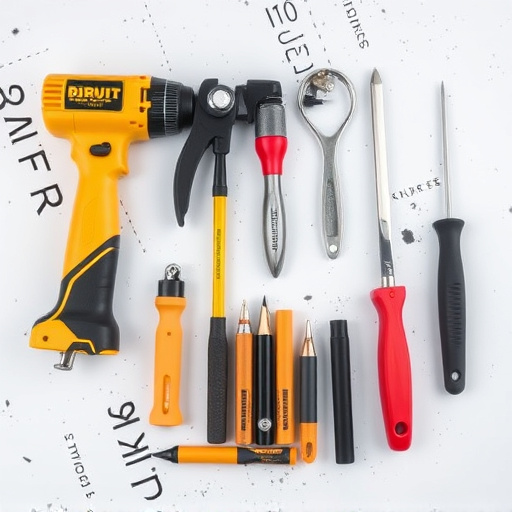
Using Original Equipment Manufacturer (OEM) parts in auto collision repair shops has its advantages and disadvantages. One key benefit is the guarantee and quality assurance that come with OEM components, which are designed specifically for a particular make and model of vehicle. This ensures a precise fit and can lead to better long-term performance and reliability in auto body restoration. Additionally, using OEM parts can streamline the repair process as they align perfectly with the vehicle’s existing systems, potentially reducing repair time and labor costs at collision repair shops.
However, there are also drawbacks. OEM parts are generally more expensive than their aftermarket counterparts due to higher production and distribution costs. This price difference might be a significant factor for auto collision repair shops working on tight budgets or dealing with clients who prioritize cost-effectiveness. Moreover, the limited availability of certain OEM parts can lead to delays in repairs, which may not sit well with customers expecting swift auto glass repair and overall vehicle restoration.
Exploring the Benefits of Aftermarket Parts for Auto Collision Repair Shops
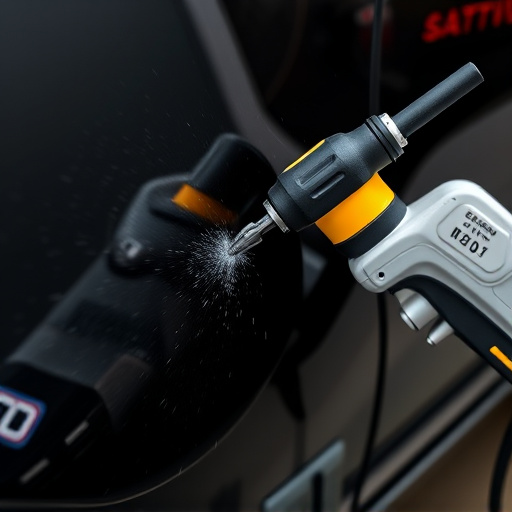
Aftermarket parts offer a compelling alternative for auto collision repair shops looking to expand their services and cater to a broader customer base. One of the key benefits is cost-effectiveness; these parts are often more affordable than OEM (Original Equipment Manufacturer) alternatives, making them an attractive option for both shops and consumers. This price advantage can be passed on to customers, increasing competitiveness in the market and potentially attracting price-conscious individuals.
Additionally, the availability of aftermarket parts facilitates faster vehicle body repair, including fender repair services, at automotive body shops. With a wide range of options available, repair professionals can source specific replacement parts quickly, minimizing downtime for vehicle owners. This efficiency is especially valuable in busy collision repair shops where managing repair times is crucial to maintaining customer satisfaction and operational smoothness.
In the realm of auto collision repair shops, choosing between OEM and aftermarket parts is a delicate balance. While OEM parts offer superior quality and performance, ensuring original fit and finish, they can be cost-prohibitive. Aftermarket parts, on the other hand, provide an affordable alternative with various benefits like availability, quick turnaround times, and unique customization options. Ultimately, auto collision repair shops should consider their budget, customer demands, and the specific needs of each repair project to make informed decisions that enhance their services and satisfy clients.

